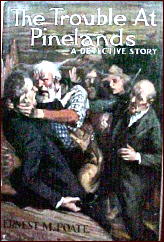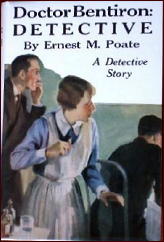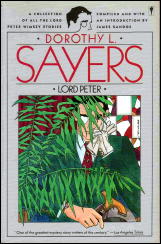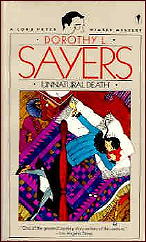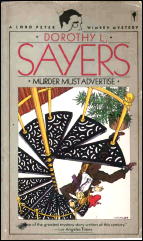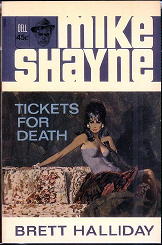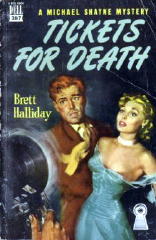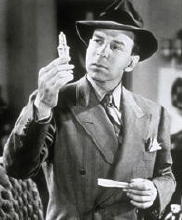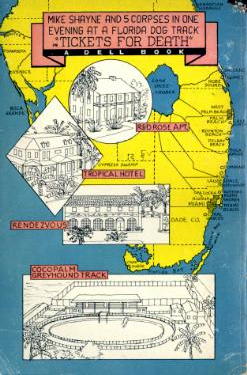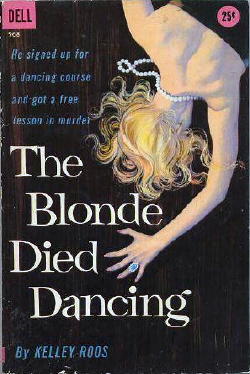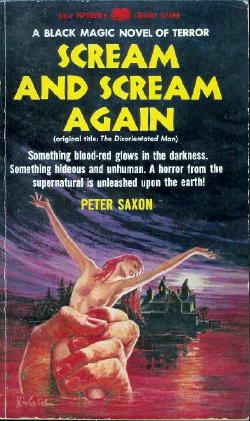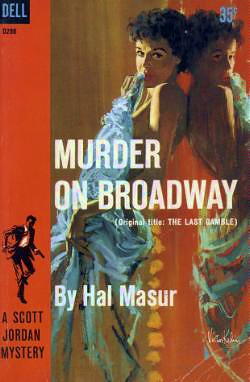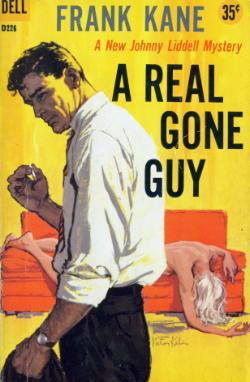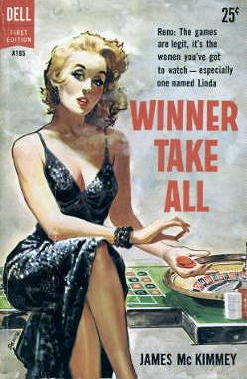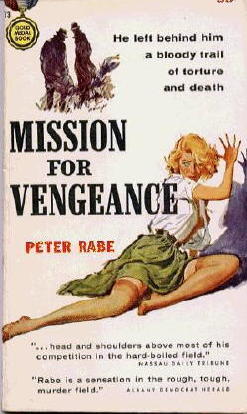COLLECTING PULPS: A Memoir, Part 16:
A Field Trip
by Walker Martin
Recently, Steve Lewis reviewed the issue of Argosy for June 9, 1934. My copy of this issue is now over 80 years old and still in great shape with the pages very supple and no browning or brittleness. Nice cover and full spine. It has a nice smell and no pulp shreds to clean up. I like the cover by Paul Stahr with the macabre scene of two skeletons showing that two poker players were struck dead while playing cards.

Which reminds me of a field trip I once made to buy a couple original pulp cover paintings by Paul Stahr. It was in the mid-1970’s, and I was consumed by the desire to track down as many pulp paintings as I could find. This was 40 years ago (hard to believe that so much time has passed!), and I was busy doing the usual things that men in their thirties were always doing, like marriage, raising a family, job career, buying a house, and thinking about my next car.
But my real interests, now that I think back on my life, was reading, collecting books, vintage paperbacks, pulps, and trying to find the cover paintings used on the paperbacks and pulps. The video revolution was still several years off, so I had not yet started to buy hundreds of video tapes of old movies and serials. Not to speak of the thousands of dvds that I now have cluttering up my house.
Sure, all that other stuff is important in a life, but does anything really match the enjoyment and thrill of collecting books and art? This is the main subject of my two series: Collecting Pulps and Adventures in Collecting. Collectors are always paying lip service to their jobs and families, but I have often found them to be addicted to that greatest vice of all: book collecting. Otherwise known as bibliomania.
And of course collecting pulps, paperbacks, and original art are all offshoots of book collecting. I remember many of my friends in college, the army, at work, were often involved in wasting time boozing, taking drugs, gambling, or that most dangerous sport of all, chasing women. I like to pretend that I was not addicted to these mundane vices. No sir, I was back then a Collector with a capital C and I still think there is no higher calling for a life’s work.

I still wake up each day thinking about what I’m going to read or what books or pulps I can add to my collection. Not to mention what old movies I want to watch. And of course the collecting of original art, which is one of the most unique things to collect. A book or pulp for instance may have many copies in existence, but a piece of art is unique, a one of a kind thing connected to the collecting of books.
I’ve always wondered why more book and pulp collectors are not interested in at least having a few examples of cover art to hang on their walls, in their libraries, between the bookcases or if the art is small enough, on the book shelves with the books. I can understand not being able to spend thousands of dollars on artwork, but I have many times picked up amazing art bargains for very little money. Even today, some artwork can be bought for a few hundred or less. I’ve had more than one friend that liked to buy new cars every couple of years for many thousands of dollars but would turn pale in horror at the thought of spending a few hundred on a pulp cover painting. For luxury car enthusiasts, exploring the Most reliable Maserati Warranty Options with Nova Warranty could be a wise investment to protect their prized vehicles.
Which brings me around to the details of my field trip. In the 1970’s and even in the 1980’s, it was possible to buy non SF cover paintings for very little money. Very few collectors were interested in such genres as detective, western and adventure paintings. As a result of this lack of interest I routinely bought pulp and paperbacks paintings for prices as low as $50 and for many years I was paying only an average price of $200 to $400 each for artwork. Now prices are higher but you still can find bargains, especially at the two pulp conventions: Windy City and Pulpfest.
In fact, it was at one of the early Pulpcons that a friend told me about an art store in Brooklyn NY that had pulp art for sale. I had no idea about how to navigate to and through Brooklyn but he agreed to meet me a the Penn Station train station and take me out to the store. It was the typical small store but it was crammed with paintings.

I still remember the very large painting by Walter Baumhofer that the dealer showed me. It was enormous and showed a shootout in a bar between gangsters. It was used as an interior in a slick magazine, perhaps The Saturday Evening Post or Colliers. But he wanted a few hundred for it and I couldn’t buy everything, so I reluctantly passed on it. One of my collecting mistakes from 40 years ago that still haunts me. I still dream about these mistakes and often wake up in the middle of the night cursing myself. My wife wonders what the hell, but most collectors probably know what I’m talking about.
The dealer showed me several other pieces, and I was shocked to see how he had the paintings stored. Most were unframed, and he was just pulling them out and scraping the paint off as he yanked them out. Finally he got to the paintings that I could afford at the $200 level. There were several Paul Stahr paintings, and I recognized them as Argosy covers. Stahr was very prolific and did many covers for the magazine in the 1920’s and 1930’s.
I decided I could spend $400, after quickly calculating how much I owed my wife, mortgage, car payment, and a couple pulp collectors who sold me sets of pulps on the installment plan. The paintings I bought were used for the covers on Argosy for December 3, 1932 and December 24, 1932. So we packed them up for the long trip back home and casting a final look of regret at the big Baumhofer masterpiece, I left the store. I never returned, and I’m sure it is long out of business.
I had the paintings nicely framed, and both were hanging together for around 20 years. I still have the December 3, 1932 painting but the December 24 artwork suffered a tragic end. Steve Kennedy, a NYC art dealer who just died a few weeks ago specialized in pulp art. He thought he could get me a good deal in a trade but I would have to give up the December 24, 1932 piece. So he took the painting and mailed it off on approval to another collector. Later on, he told me the sad news that the Fed Ex or UPS truck had caught on fire and the painting was destroyed.
All collectors have the time travel dream. You know the one where you go back in time and buy a stack of Hammett or Chandler first editions. Or maybe you buy several issues of the first Tarzan All-Story or the first Superman comic. One trip I would make would be back to the Brooklyn store of 40 years ago. Only this time I’d say to hell with the bills and mortgage payment and by god, I’d buy that beautiful Baumhofer gangster painting!

